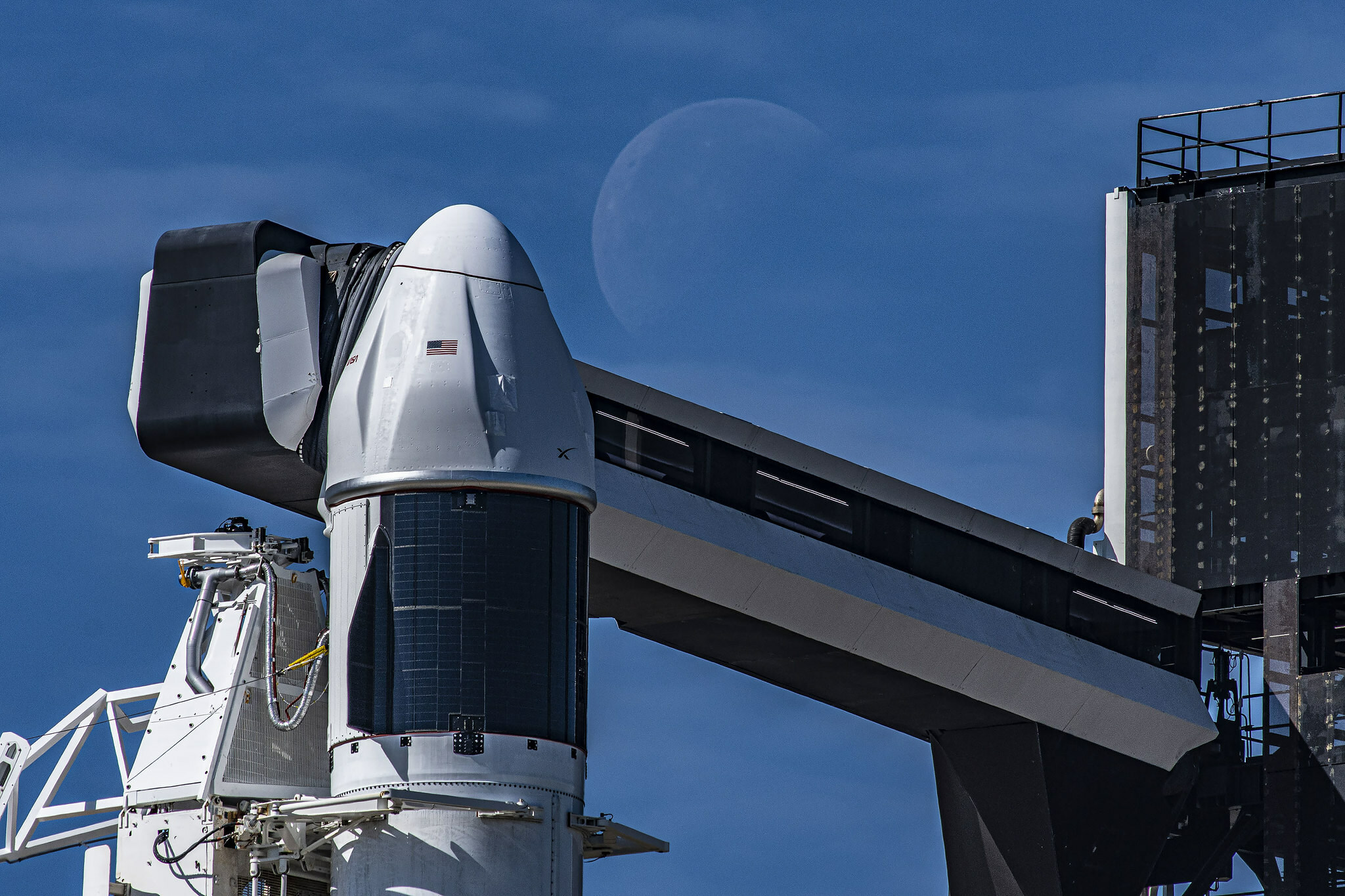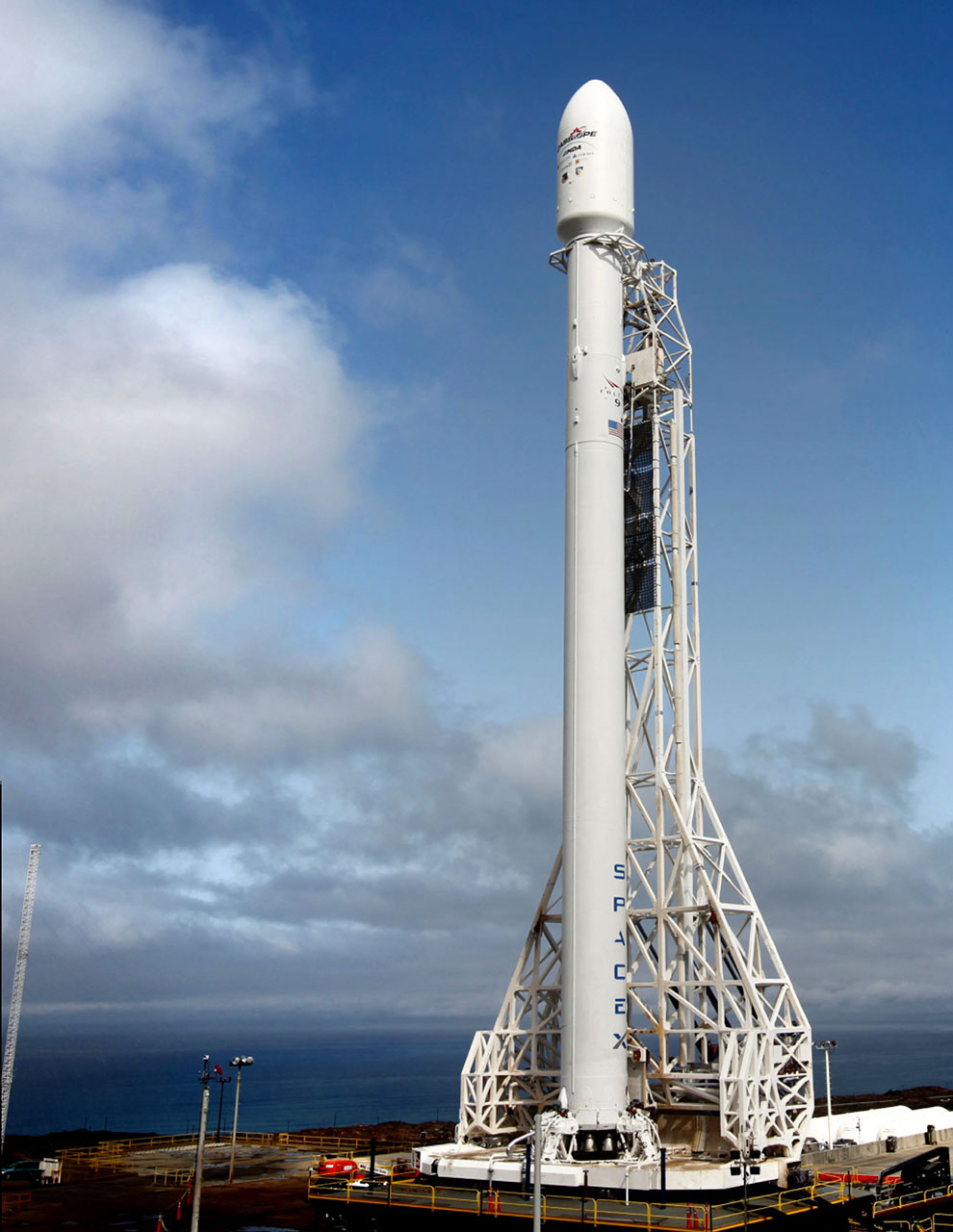
SpaceX CEO Elon Musk even posted a picture with the caption: "Falcon rockets to orbit as seen from LA. The SpaceX Falcon 9 rocket topped by a Dragon spacecraft took off at the Kennedy Space Center. Similar rocket launches usually prompts Southern California residents to post pictures and videos of the sighting on social media. NASA’s SpaceX Crew-5 mission successfully launched a few seconds after 12 p.m. On launch day, head back here to watch the live stream (if available). Ttook place at Landing Zone 1 at the former site of Launch Complex 13. SLC-4E, Vandenberg SFB California, United States. For the first time, a Falcon 9 first stage boosted back and landed near its launch site. The launch could be seen from as far as Nevada and Arizona. SpaceX returned its Falcon 9 to service on Decemwhen it boosted 11 Orbcomm satellites into orbCape Canaveral, Florida. The Falcon 9 thundered into a mostly clear sky on a crisp evening at. The mission will transport 53 Starlink satellites into orbit, helping further provide internet service around the world. Liftoff of the Dragon spacecraft atop a SpaceX Falcon 9 rocket occurred at 8:30:42 p.m. and made for an incredible sight as the rocket soared over the Pacific Ocean. The launch from Vandenberg Space Force Base happened around 6:15 p.m. LOS ANGELES (KABC) - SpaceX launched a Falcon 9 rocket into the Southern California sky just as the sun was setting, making for a picturesque view on Thursday. And the capsule will use its onboard thrusters to orient it into the correct orbit.SpaceX launched a Falcon 9 rocket into the Southern California sky just as the sun was setting, making for a picturesque view on Thursday. The tip of the capsule, called the nosecone, will open to reveal a large dome-shaped window. The rocket, the most powerful ever built, did not reach orbit but provided important. It is the only spacecraft currently flying that is capable of returning significant amounts of cargo to Earth, and is the first private spacecraft to take humans to the space station.


Sources include announcements by NASA, SpaceX, ULA (and other launch. 38 Total Launches 34 Visits to the ISS 17 Total Reflights The Dragon spacecraft is capable of carrying up to 7 passengers to and from Earth orbit, and beyond. All the intense G-forces will be over, and the crew will be weightless. SpaceX’s Starship rocket exploded on Thursday, minutes after lifting off from a launchpad in South Texas. The next SpaceX Falcon 9 rocket will launch a Starlink batch from pad 40 on May 11.

What's left of the rocket will be discarded in the ocean, while the Crew Dragon capsule and its four passengers will begin its three-day free-fly through orbit.About 12 minutes post-liftoff, the second stage will detach from the crew capsule.Meanwhile, the second stage of the rocket, still attached to the crew capsule, will fire up its engine and continue accelerating faster and faster until it spends its fuel and reaches orbital velocities - or more than 17,000 miles per hour.That part of the rocket, with most of its fuel spent, will then head back down to Earth for a pinpoint landing on a seafaring platform so that SpaceX can refurbish and fly the rocket again (All part of the company's plan to save money and make spaceflight cheaper.) SpaceX launches Falcon 9 rocket with two O3b internet satellites SpaceX clears Falcon Heavy for liftoff after launch pad lightning strike First Arab spacewalker heads outside.

Two and a half minutes after launch, the bottom part of the rocket, the largest section that gives the initial thrust at liftoff, will shut down its engines - at moment referred to as Main Engine Cutoff or MECO - and detach.Put simply: It’s when the rocket is moving at very high speed, at a time when the atmosphere is still pretty thick, putting a lot of pressure on the vehicle. About one minute later, the rocket will hit “ Max Q,” an aerospace term that refers to the point during flight at which a vehicle experiences its maximum dynamic pressure.


 0 kommentar(er)
0 kommentar(er)
